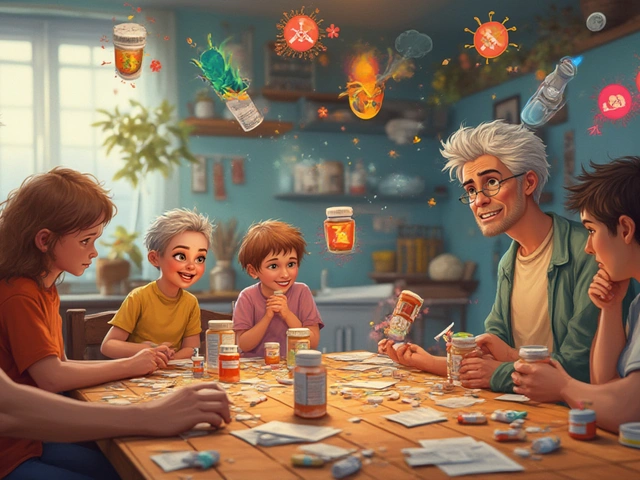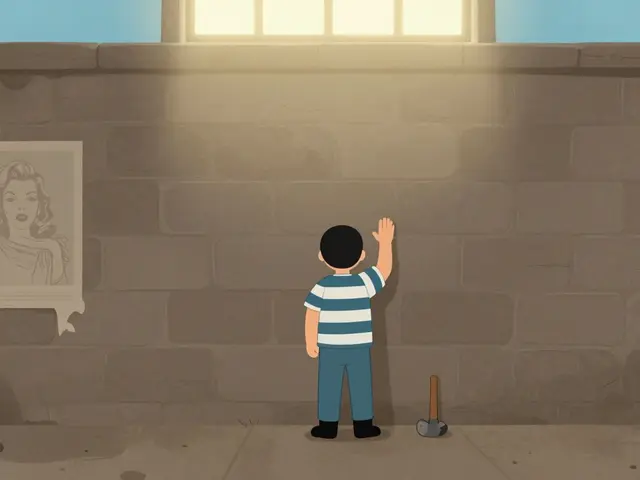16
Antibiotic Resistance: Causes, Impact & How to Protect Your Health
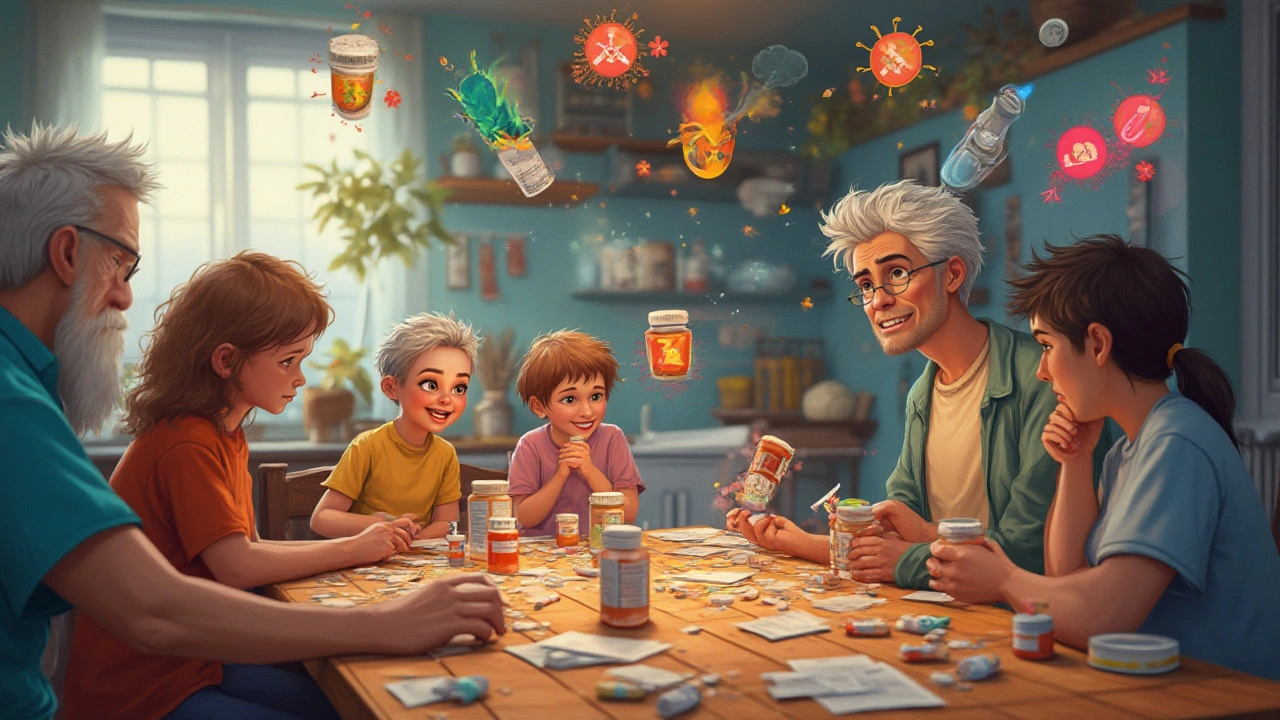
If you’ve ever had a simple scratch turn into an infected mess, you probably took antibiotics and expected a quick fix. Imagine a world where that backup plan just doesn’t work anymore. That’s not science fiction. It’s real, it’s happening now, and it’s called antibiotic resistance. Right here in Brisbane my mate’s toddler ended up in hospital for a minor infection that should’ve cleared up in a week, but the usual antibiotics did absolutely nothing. The docs were sweating, the family was scared. And it’s not just one story—hospital wards around the world are seeing this every day.
What Exactly Is Antibiotic Resistance?
Think of bacteria like that one friend who learns the WiFi password and shares it with everyone. When you use antibiotics, you’re basically telling bacteria, “Hey, here’s a trick!” Eventually, some bacteria figure out the trick and become tougher to beat. These little rebels are what we call 'antibiotic resistant.' It’s got a simple cause: using antibiotics lots of times, especially when you don’t need them, gives bacteria plenty of practice to learn how to survive our best drugs. Every time we pop antibiotics for things like viral infections—colds or the flu—or don’t finish the full course, we give bacteria that all-important training session.
What’s wild is bacteria can share their resistance skills with other bacteria, even different types! Like a dodgy trading card swap, they swap DNA and more and more bugs get in on the resistance action. In hospitals, resistant bugs can spread between patients in a flash. Recent data from the World Health Organization shows some serious numbers: around 700,000 people die each year globally due to drug-resistant infections. To drive it home—scientists warn that by 2050, deaths from antibiotic resistance could outpace cancer, with some estimates topping 10 million people every year. It’s like our ultimate safety net is fraying fast.
Why Should You Care? The Real-World Impact Is Closer Than You Think
This isn’t just a problem for people stuck in hospital beds. Even basic surgeries, from having your appendix removed to fixing a broken ankle, rely on antibiotics to stop infections. If those drugs stop working, even small operations or bites from the family dog become risky. Twenty years ago, Lena (my wife) got a nasty case of strep throat. One prescription, a few days rest, end of story. But these days, doctors are reporting some strep infections that don’t even flinch at the usual meds. In some countries, especially parts of Southeast Asia and even the US, you’ll find antibiotics in farm animal feed or over the counter at local shops—no script needed. That’s like tossing bacteria a gym membership and protein shakes, making them stronger, faster.
Here’s something that hits home. The Australian Commission on Safety and Quality in Health Care reported in 2024 that resistance is climbing in Australia. Golden staph, E. coli, and even some pneumonia bugs just shrug off frontline antibiotics. There’s now a special watchlist in big city hospitals: if a patient’s infection shows up as resistant, whole wards switch to full-on containment mode with extra cleaning, visitor limits, and isolation. That means longer hospital stays, bigger bills, and scarier outcomes for everyone.
And it’s not just about us. Even our pets can pass antibiotic-resistant bugs to us or vice versa! It gets weirder—those resistant bacteria can lurk in our food, our soil, even the sea. So while you might not feel it day-to-day, this isn’t some distant threat. It’s here, woven into the routines of modern life.
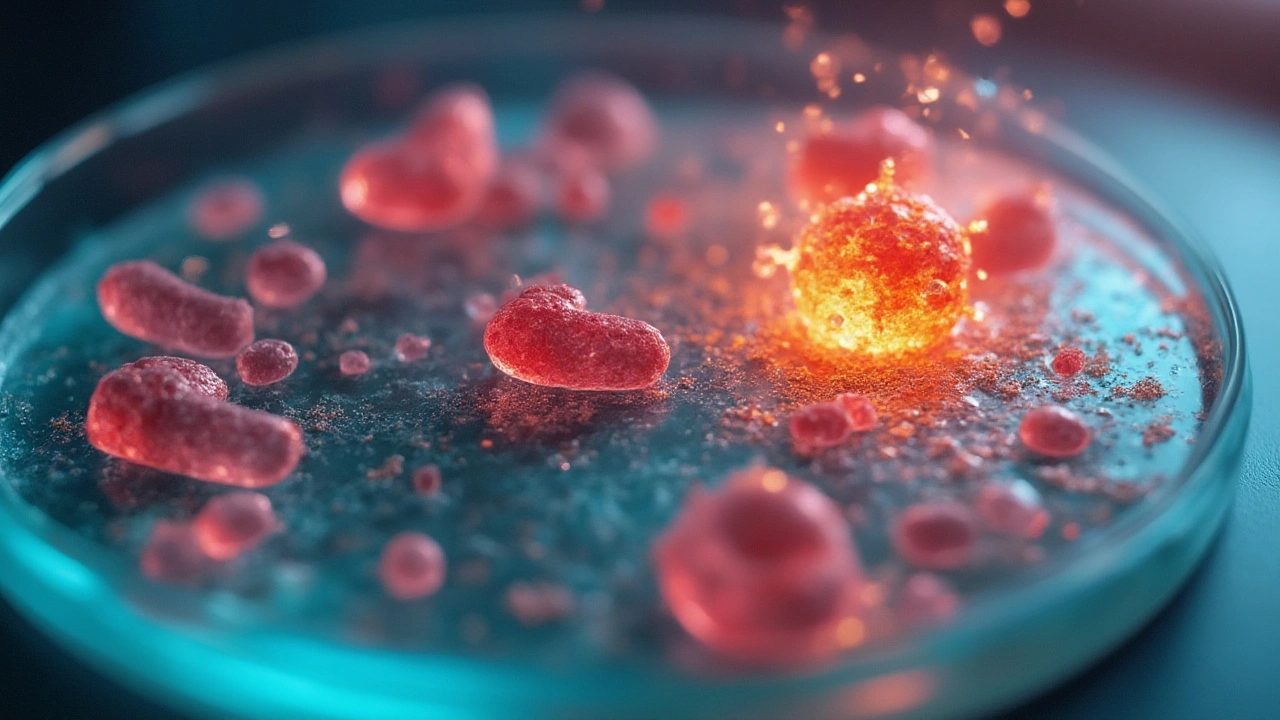
How Did We Get Here? Causes of Antibiotic Resistance
Blame doesn’t fall on one group. Sure, doctors sometimes prescribe antibiotics when they shouldn’t. But patients often push for them, worried, desperate for a quick fix. I’ve felt it myself—watching Lena struggle with sinus pain, begging the doc for “just a little help.” Then there’s the food industry. Many farmers dose healthy livestock with antibiotics, not to cure illnesses, but to fatten them up faster. These antibiotics end up in the environment, building up in rivers and soil. Bacteria there get stronger too.
Even our habits at home matter. Taking half a course and tossing the rest, or sharing leftover pills with a friend, trains bacteria to fight back. It turns out bacteria aren’t just opportunists—they’re fast learners. Let’s not forget travel. Australians love a holiday abroad, but bringing back infections from overseas (where resistance may be worse) just shuffles the deck and spreads new superbugs at home.
Here’s a table to put it all into perspective:
| Year | Estimated Global Deaths (Drug-Resistant Infections) | Main Drivers |
|---|---|---|
| 2015 | 700,000 | Overuse, poor sanitation, agriculture |
| 2020 | 1,270,000 | Misuse in humans, food supply |
| 2025 | 1,500,000+ | Global travel, community spread |
| 2050 (projected) | 10,000,000 | Lack of new antibiotics, resistance spread |
Doctors and researchers are scrambling to create new antibiotics, but pharmaceutical companies often don’t bother. These drugs are expensive to develop and, ironically, if they’re any good, doctors try not to use them too much (to slow new resistance) so there’s not much profit. We’re reaching the point where our medicine cabinet is nearly empty.
Who’s Most at Risk, and What Kinds of Infections Are We Seeing?
Everyone is at risk, but especially the most vulnerable—the very young, the elderly, folks with chronic illness, and people whose immune systems are already under pressure. Did you know a simple UTI (urinary tract infection) used to clear up after a couple of days on antibiotics? Now, more than one in three UTIs in some Aussie hospitals are resistant to the usual treatments. This hits hard, especially in aged care homes and hospitals.
Then there’s stuff we haven’t thought about since the 1950s: tuberculosis, gonorrhea, even some food poisoning bugs. The Centers for Disease Control and Prevention tracked a frightening rise in multidrug-resistant gonorrhea in 2023, and it’s now making the rounds in Australia’s major cities. Skin infections, particularly golden staph (Staphylococcus aureus), are becoming a game of roulette—if antibiotics don’t work, treatment can drag out or lead to complications.
Cancer patients, organ transplant recipients, and people with diabetes are particularly exposed. These groups already rely on antibiotics to fend off infections their bodies can’t handle alone. If their antibiotics fail, minor problems turn serious fast. Hospitals are seeing clusters of infections that just won’t respond, requiring exotic combinations of “reserve” antibiotics with nasty side effects.
Here are some of the most common troublemakers popping up around Australian hospitals and clinics:
- Carbapenem-resistant Enterobacterales (CRE) – nicknamed ‘nightmare bacteria’
- MRSA (Methicillin-resistant Staphylococcus aureus) – the classic “superbug”
- Drug-resistant E. coli – from food or gut infections
- Multidrug-resistant tuberculosis – making a comeback in some regions
- Drug-resistant Neisseria gonorrhoeae – making sexual health way trickier
Community-acquired resistant infections are now on the rise, meaning you don’t even need a hospital stay to pick one up. Public health authorities track outbreaks and warn travellers, but resistant bacteria are experts at sneaking under the radar.
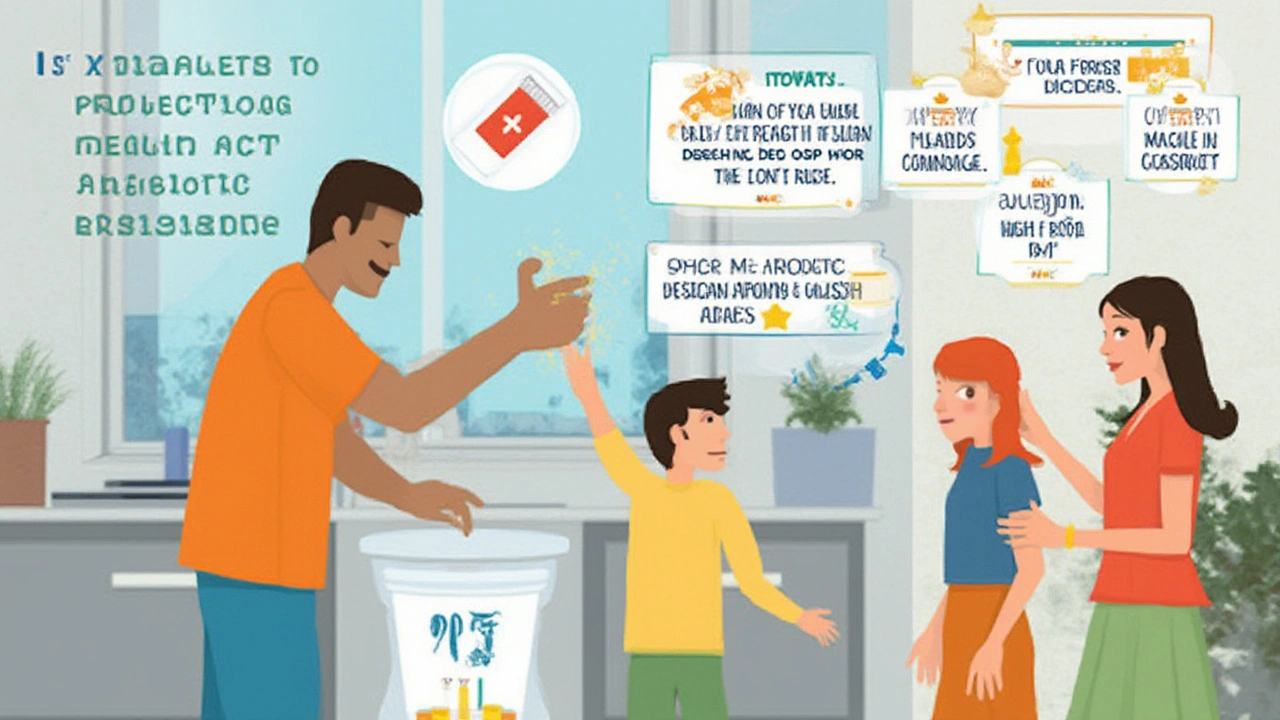
What Can You Do? Tips to Help Slow Antibiotic Resistance
Ending up in a world without working antibiotics is a nightmare scenario, but there’s still hope—if we’re smart. The first step? Only use antibiotics when you absolutely need them. That sounds obvious, but in a 2023 survey, one in four Australians said they expected antibiotics for a cough or sore throat, even when told the cause was probably viral.
When your doctor prescribes antibiotics, follow the directions, every single dose, for the full length of time. Don’t stash them for later or share them. Be honest at the clinic: if the doctor says “wait and see,” trust their call. Sometimes the best medicine is patience.
- Wash your hands often. It really does help stop infections spreading in the first place.
- Keep your vaccines up to date—many bacterial infections are prevented by vaccines.
- Store meat and veg properly, and cook them through, to reduce risk from resistant bacteria in food.
- Avoid pressuring your vet for antibiotics for your pets, unless it’s truly needed.
- Traveling? Pack some alcohol sanitiser, and avoid unnecessary medical procedures overseas.
If you work in healthcare or food services, stick closely to hygiene rules. One slip can expose dozens of people to a superbug before anyone realises.
For anyone with elderly relatives, encourage good hygiene and push for up-to-date vaccinations in their care homes. Antibiotic stewardship programs—efforts by hospitals to monitor and tighten up which drugs are used and how—are working, but they need everyday backup from the public.
On the bigger scale, shop local and buy food from farmers who use responsible antibiotic practices. Each choice ramps down the demand for routine antibiotics in agriculture. Keeping our environment clean matters too—resistant bacteria from farms and hospitals end up in water supplies, so policies on waste treatment really make a difference.
And if you’re feeling ambitious, write to your local politicians. Australia has some strong laws about antibiotics in food, but loopholes and imports are weak points. Change happens when voters make noise.
Antibiotic resistance is the kind of problem that creeps up. You don’t see it until you need it most. Stay informed; make smart choices; talk about it with your mates. That’s how we tackle it together—before the backup plan is gone for good.

